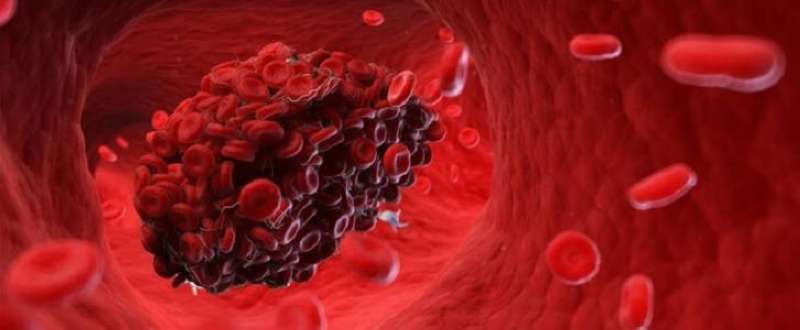Scientists in America are testing an artificial system to stop internal bleeding by “clots”, with the aim of helping more people survive long enough to reach hospital after severe injuries in road accidents.
It is known that two components meet at the wound to form a clot, and in the event that a clot does not form and bleeding continues elsewhere in the body, it can be a threat to the life of the injured person, reports Al-Rai daily quoting Al-Arabiya.
Advanced Healthcare Materials journal stated that car accidents or falls from high places can cause internal bleeding, and if the injured person does not reach the hospital in time, complications may lead to his death, and therefore, finding ways to stop the bleeding can lead to To increase the chances of survival and save lives.
Through the system, which was developed by a team of scientists at the Massachusetts Institute of Technology, paramedics use a syringe to stop internal bleeding, and for this it uses nanoparticles and polymers that work topically to promote the formation of normal blood clots.
Normally, cells called platelets are attracted to the wound site, where they trigger a series of processes that form a sticky clot.
There is also a protein called fibrinogen that is important for maintaining normal clot structure.
The new system consists of two main components: nanoparticles, which perform a similar function to platelets, and a polymer, which mimics the protein fibrinogen.
The nanoparticles are made of a biocompatible substance called PEG-PLGA, and they have a peptide that helps them bind to activated platelets, which means they accumulate where there are higher concentrations of platelets, such as in wounds, drawing more to the area.
The size of these nanoparticles has been optimized to be between 140 and 220 nanometers, which prevents them from accumulating in organs such as the lungs where clots can be dangerous.
“The idea is that as these two components circulate within the bloodstream, if there is an internal wound, the targeting component will begin to accumulate at the wound site, and when both components are in a high concentration, more cross-linking occurs,” said lead researcher of the study, Celestine Hong. A mucilage-like substance is formed to aid in the clotting process.
There is still a lot of work to be done before an artificial clotting system can be used soon, but it is an interesting technology that could one day save lives in emergency rooms or battlefields.

